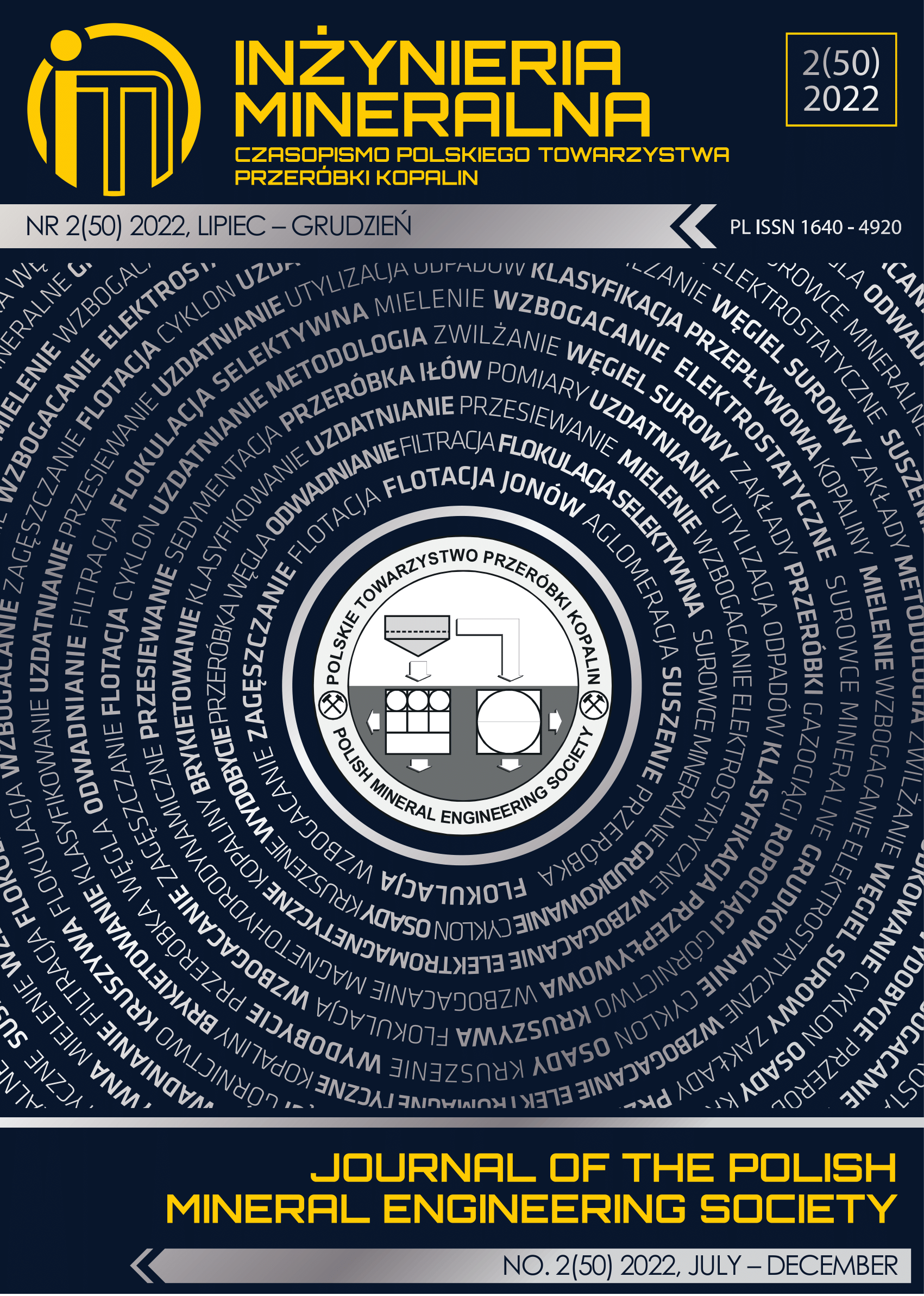The Role of Slag from the Combustion of Solid Municipal Waste in Circular Economy
Abstract
Slag formed in the processes of thermal degradation of the municipal fraction is classified in accordance with applicable regulations as waste with code 19 01 12. It is estimated that as a result of the combustion of municipal fractions, about 0.25 Mg of slag per 1 Mg of incinerated waste is formed. From the perspective of the circular economy, it is necessary to seek new applications for this type of material in the industry. New business models, in particular the recovery of by-products, are a chance for their optimal use. This concept assumes that waste from one process is a product for another process. Action requires a new look at the market and the development of previously non-existent industrial symbioses. As a result of reintroducing slag into circulation, a reduction in natural resource consumption can be achieved, resulting in both economic and environmental savings. The objective of the article is a preliminary assessment of the physical and chemical properties of slag from municipal waste incineration plants as an additive to concrete. For the purposes of evaluating the use of slag in construction, the following scenarios were analyzed: slag as a substitute for aggregate, sand, and cement. The tests were carried out on slag obtained from three different installations operating in Poland. The article presents the oxide and elemental composition of slags, and the obtained results are related to the requirements for using granulated blast furnace slag as a type II additive to concrete. The analyzed slags are characterized by a low content of chlorine (Cl<0.5%), the total sulfur content was at the level of 0.7%. The organic carbon content (TOC) of the tested slags was below the level of quantification. The obtained results confirm that the use of slag as an alternative aggregate or raw material in concrete does not pose a threat to individual elements of the natural environment.
This journal permits and encourages authors to post items submitted to the journal on personal websites or institutional repositories both prior to and after publication, while providing bibliographic details that credit, if applicable, its publication in this journal.







.png)
